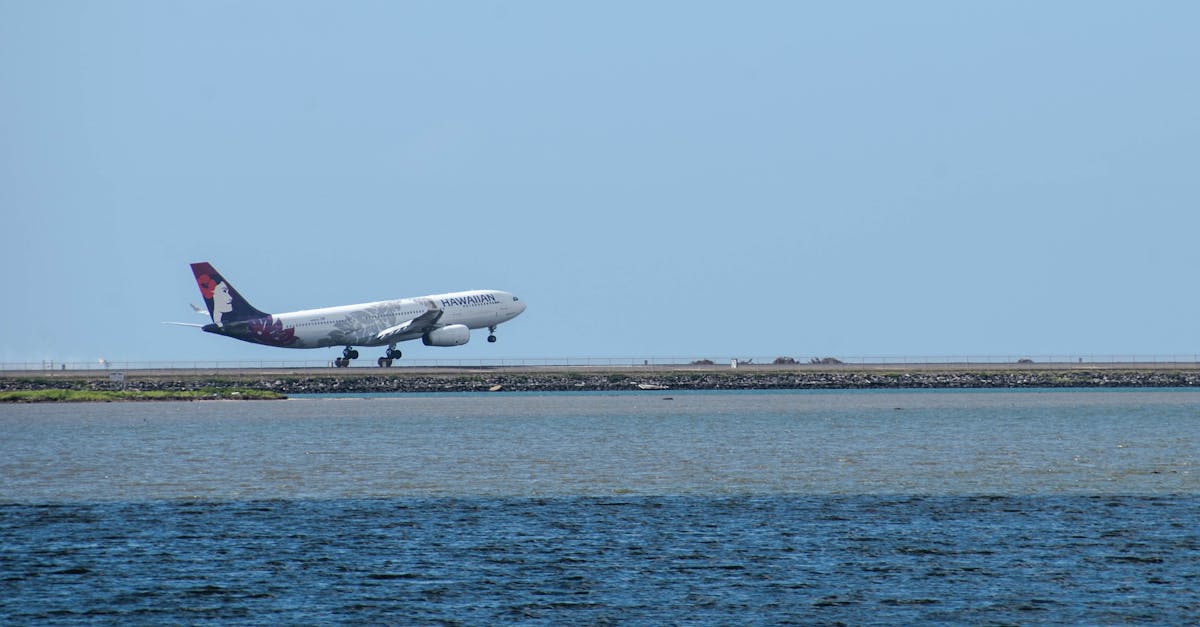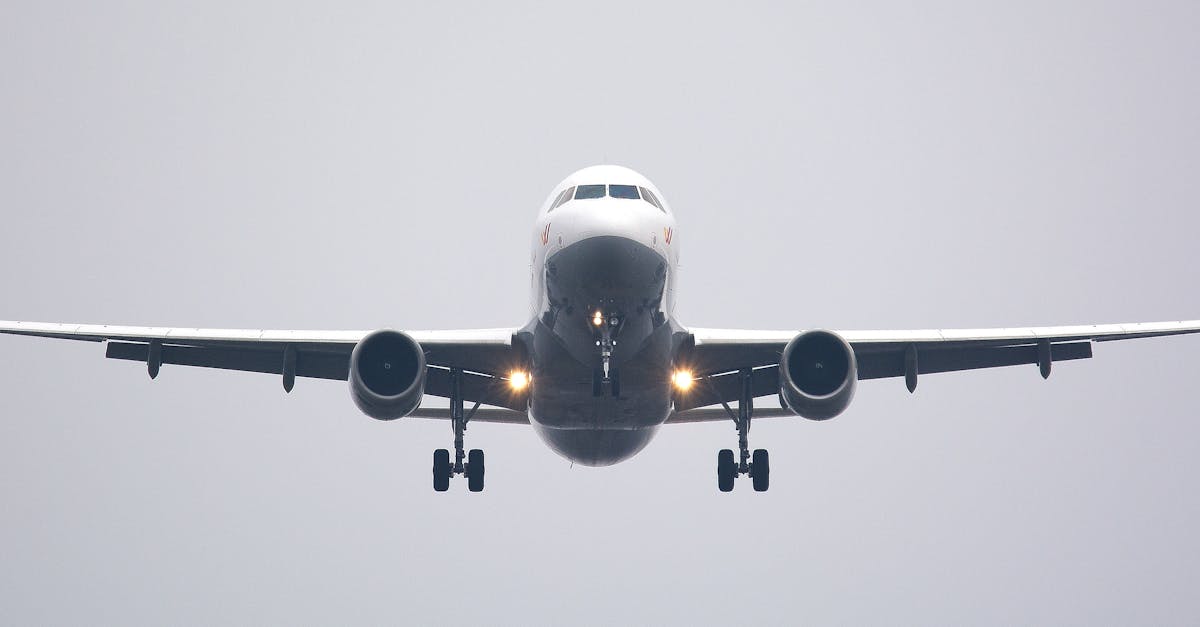Hawaiian Airlines' flagship Dreamliner, once envisioned as a symbol of the airline's long-haul ambitions from the islands, is being reassigned to a new European route, leaving behind its initial purpose of transforming flights to and from Hawaii. This shift, orchestrated by Alaska Airlines, marks a strategic pivot for the airline and has significant implications for Hawaii's tourism industry, and business professionals.
The Dreamliner, which was scheduled to enhance routes originating in Hawaii, will now launch Alaska Airlines' first-ever European route, flying to Rome. As a recent article from Beat of Hawaii highlights, this reassignment underscores a change in the airline's strategic focus, moving away from its original plans for the aircraft. The shift away from Hawaii has left some travelers concerned.
This move raises questions about Hawaiian Airlines' long-term strategy and its role in the broader travel market. Beat of Hawaii explores the uncertainty around Hawaiian's direction, suggesting it could be a premium brand specific to Hawaii or a stepping stone in Alaska's larger Pacific strategy. The integration of the two airlines, including loyalty programs and passenger service systems, is also in progress, with full integration not expected until 2026. This could influence the experience of travelers flying to and from Hawaii.
The departure of the Dreamliner impacts local businesses that rely on tourism. The strategic shift could influence the types of travelers visiting Hawaii and the routes available. The changes in fleet deployment and route planning have effects for hotels, restaurants, and other tourism-related businesses. The altered demand must be met by proactive businesses. Considering that the aircraft was once intended to restore prestige for routes in Asia, Oceania, and beyond, this shift in strategy could mean adjusting the business models and marketing efforts of the businesses dependent on those specific routes.
Businesses in Hawaii, particularly those in the hospitality sector, should consider how this shift will affect their customer base and adapt their strategies accordingly. The emphasis on Seattle as a strategic hub, as highlighted by Beat of Hawaii, will influence the flow of tourists and the connections available. Hawaii's tourism and hospitality entrepreneurs, and those involved in related businesses, should carefully monitor these changes to stay adaptable in a dynamic market.



